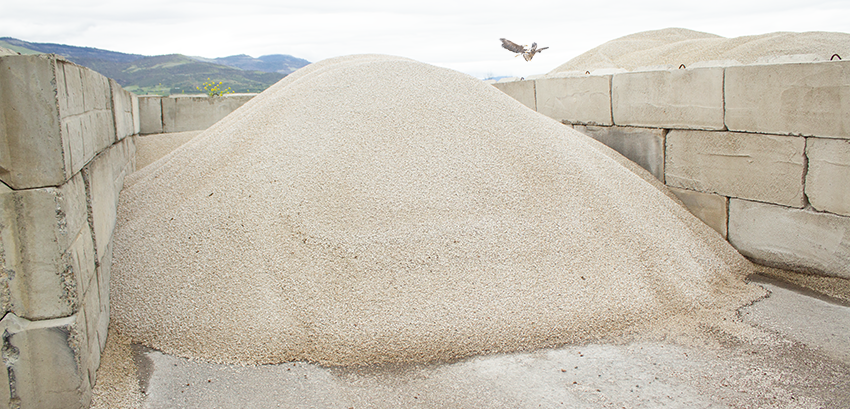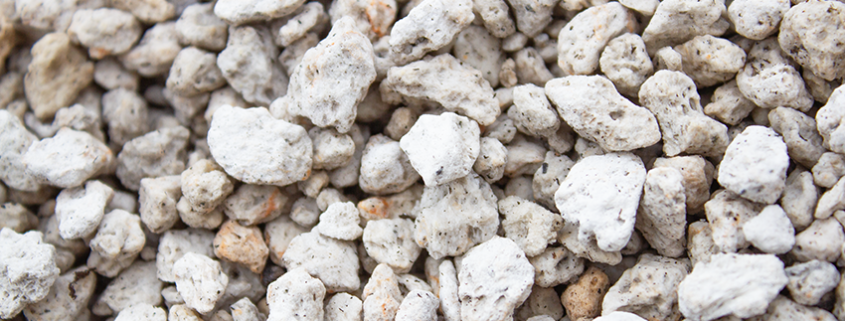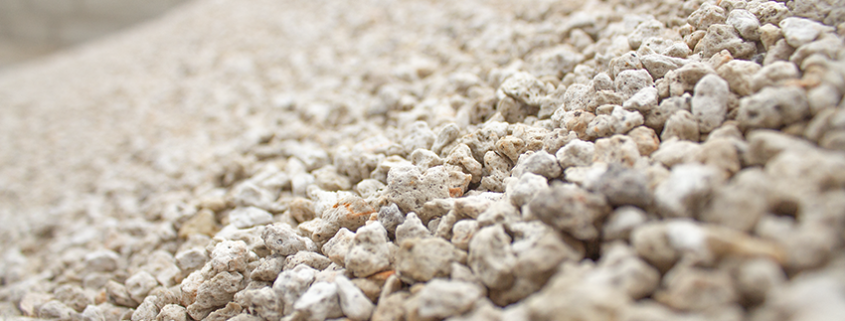What is Pumice?
Pumice is a type of volcanic rock that is commonly used in soil mixes to improve drainage and aeration. It is a lightweight, porous material that is formed when volcanic lava is rapidly cooled and solidified, trapping gas bubbles inside.
Pumice can be found in many locations around the United States, particularly in areas with active or dormant volcanic activity.
Some of the most significant sources of pumice in the United States include the states of California, Oregon, and Washington, which have active or dormant volcanoes such as Mount Shasta, Lassen Peak, and Mount Hood. Other areas where pumice can be found include the Yellowstone National Park in Wyoming, the Big Island of Hawaii, and the Aleutian Islands of Alaska. Pumice is also imported into the United States from other countries, such as Italy, Greece, and Turkey.
When added to soil, pumice helps to create air spaces between soil particles, which allows for better root growth and water drainage. This is especially important for plants that require well-draining soil, such as succulents, cacti and cannabis.
Pumice is also pH-neutral, meaning it will not significantly alter the acidity or alkalinity of the soil. Additionally, it does not break down easily, so it can last for many years in the soil without needing to be replaced.
Overall, pumice is a great option for improving the structure and drainage of soil and soil mediums.
Pumice can play a significant role in soil biology and agriculture. Due to its high porosity and ability to retain water, pumice is often used as a soil amendment to improve soil structure, aeration, and water retention capacity. Pumice’s lightweight and porous nature can also reduce soil compaction and improve drainage, which can benefit plants’ root growth and nutrient uptake.
Furthermore, pumice contains various minerals and nutrients that can enhance soil fertility, such as potassium, calcium, and phosphorus. These minerals can be slowly released into the soil as pumice particles break down, providing a long-term source of nutrients for plants.
In addition to its beneficial effects on soil structure and fertility, pumice can also support soil biology by providing a habitat for microorganisms such as bacteria and fungi. These microorganisms can break down organic matter and help to release nutrients from the soil, promoting plant growth.
Overall, pumice can be a valuable soil amendment for agriculture and gardening, helping to improve soil structure, fertility, and biological activity.

Comparison of Pumice and Perlite
Pumice and perlite are both lightweight, porous volcanic rocks commonly used as soil amendments in gardening and agriculture. However, there are some differences between the two.
Porosity and Water Retention: Pumice is generally more porous than perlite, with more air space between the particles. This means that pumice can retain more water than perlite and is better suited for plants that require more moisture. Perlite, on the other hand, has a lower water retention capacity and is better suited for plants that prefer drier soil conditions.
Density: Pumice is generally denser than perlite, meaning that it is heavier and can provide better stability to plant roots. However, perlite’s lower density makes it easier to mix into soil and can help to reduce soil compaction.
pH: Pumice is typically neutral in pH, while perlite can be slightly alkaline. This may affect the soil pH if perlite is used in large amounts.
Nutrient Content: Pumice contains more minerals and nutrients than perlite, including calcium, potassium, and phosphorus. These nutrients can slowly release into the soil as the pumice breaks down, providing long-term benefits to plants.
In summary, pumice and perlite have different properties and are better suited for different applications. Pumice is better for plants that require more moisture and need stable root support, while perlite is better for plants that prefer drier soil conditions and require better soil aeration.





